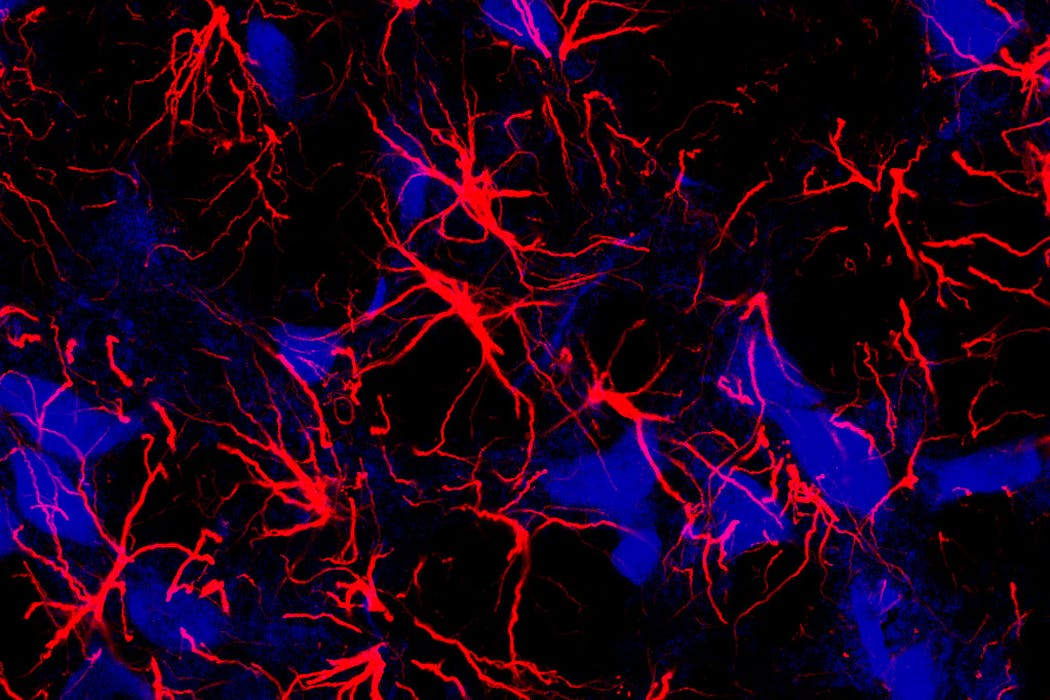Source: The Conversation – UK – By Hussein Boon, Principal Lecturer – Music, University of Westminster
Spanish singer-songwriter Rosalía’s highly anticipated album LUX has been met with widespread acclaim from critics and fans alike. It’s a fusion of ideas drawn from diverse storytelling traditions, cultures and languages, offering a rich tapestry that rewards repeated listening.
The album explores perennial themes – love, betrayal, abandonment – alongside spiritual and divine motifs. The result is a pop record with substance and bite. Critics have debated whether LUX should be classified as pop or classical music.
But this binary misses the point. The presence of operatic, orchestral and symphonic influences and flourishes doesn’t necessarily make the album classical any more than driving a high-performance car makes someone an F1 driver.
What LUX demonstrates is Rosalía’s attention to detail, technical mastery and stylistic fluency. Much of this was honed through nine years of rigorous training at the prestigious Escola Superior de Música de Catalunya school in Barcelona.
The video for the first single, Berghain, exemplifies Rosalía’s visual and narrative expressiveness. It melds high fashion and urban grit reminiscent of films like The Cook, The Thief, His Wife and Her Lover (1989) or The Devil Wears Prada (2006).
In the video, Rosalía can be seen carrying out everyday activities – like ironing or going to the doctor – within grand, orchestral settings. This creates a surreal yet relatable tableau, a recurring aspect of her videographic work with director Nicolás Méndez.
Speaking about the project, Méndez has highlighted the influence of Rosalía’s sister, Pili, who is integral in these shared projects. Rosalía recalled a tense discussion with her sister about Motomami, which forced her to reflect on why she made music and the depth of feeling she conveyed in her songs and recordings.
Multilingualism is another hallmark of LUX, which features songs in 14 languages, including Catalan, Mandarin, Ukrainian and English. Languages are used to support one of the album’s most compelling devices – its use of sainthood as a multifaceted storytelling vessel.
Rosalía draws inspiration from female saints worldwide, not only from Judeo-Christian traditions but also from Islam, Hinduism and Taoism. These figures allow her to explore the tension between earthly hardship and spiritual transcendence. The stories offer a framework through which personal and collective struggles are elevated to the divine.
Rosalía is no stranger to literary adaptation. Her 2018 song Malamente, from the album El Mal Querer, fused flamenco with contemporary R&B and hip-hop production. It drew on the 13th-century Occitan romance Flamenca, a tale of love, jealousy and courtly intrigue.
In Flamenca, the titular noblewoman is imprisoned by her jealous husband Archambaut, but she orchestrates a secret romance with the knight Guillaume, outwitting her captor. Rosalía’s adaptation of this story in both song and video underscores her commitment to storytelling as a central artistic practice.
Rosalía the troubadour
At the heart of Rosalía’s work lies an older tradition: the troubadour. These poet-musicians, including women known as trobairitz, composed some of the earliest vernacular songs of courtly love.
As expert in material culture in medieval texts E. Jane Burns has noted, these love songs often served as “an expression of female resistance to marital, moral, and legal constraint”. This historical lens reframes lyrics of love and devotion as a site of agency and defiance; ideas that resonate deeply in Rosalía’s work.
Some listeners may argue that LUX should be recognised as classical, especially with an eye towards awards season. However, it may be more accurate to say that it draws from classical traditions – musical, literary and visual – while remaining firmly rooted in popular culture.
It is essential to remember that flamenco, a disciplined folk form, serves as the foundation for her work, both technically and emotionally, while literary references and saintly iconography enhance the narrative.
Rosalía’s ability to weave sound, story, and spectacle into a cohesive whole exemplifies what popular music can achieve when at its best: a space where tradition and innovation meet, and where the personal becomes universal. No wonder Madonna has called her a “true visionary”.
Looking for something good? Cut through the noise with a carefully curated selection of the latest releases, live events and exhibitions, straight to your inbox every fortnight, on Fridays. Sign up here.
![]()
Hussein Boon does not work for, consult, own shares in or receive funding from any company or organisation that would benefit from this article, and has disclosed no relevant affiliations beyond their academic appointment.
– ref. LUX: the tradition of the troubadour is at the heart of Rosalía’s songwriting – https://theconversation.com/lux-the-tradition-of-the-troubadour-is-at-the-heart-of-rosalias-songwriting-269429








